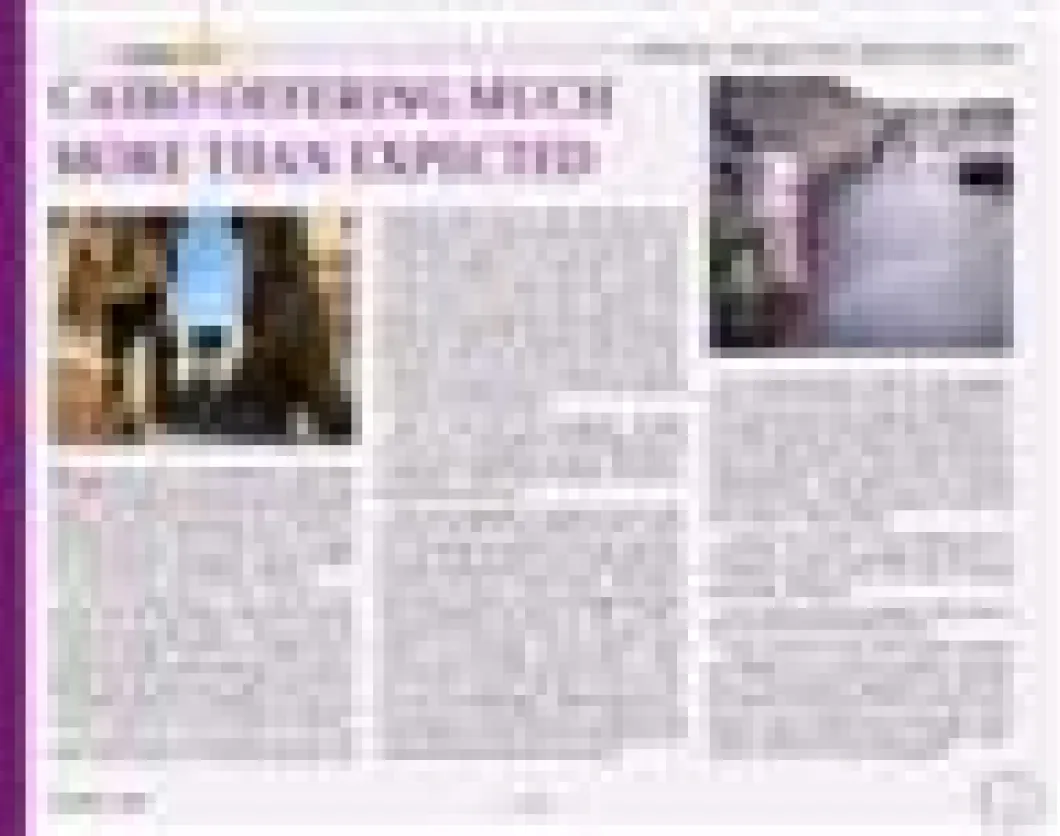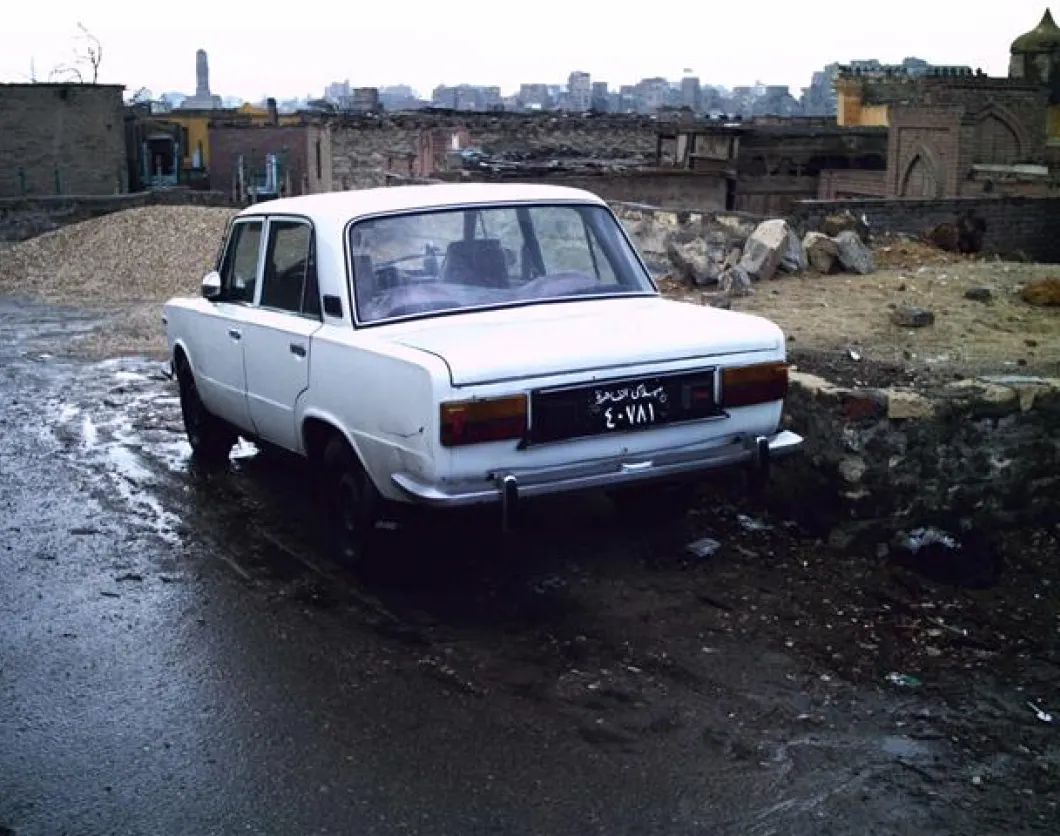For many years, I had dreamed of visiting the Pyramids of Giza and the inscrutable Great Sphinx, and sailing the Nile River like most tourists to Egypt. However, Egypt offered much more than I had expected from a trip to North Africa. My Egypt visit was historical, educational, cultural, mysterious, adventurous, and spiritually rewarding.
My trek to Egypt began in Cairo and Old Cairo. My tour the first day began visiting the Pyramids of Giza and the Great Sphinx. The next day we visited the Egyptian Museum of Antiquities which included the world’s largest collection of Pharaonic artifacts and the treasures of Tutankhamen’s tomb. The Egyptian Museum of Antiquities is home to an extensive collection of ancient Egyptian antiquities.
In the afternoon, we were driven to Old Cairo where early Judaism & Christianity flourished and visited the Coptic Church. Unlike other branches of Christianity, the Coptics believe that Christ was a wholly divine being and not God made flesh. One in every ten Egyptians is a Coptic today. The Coptic Church has its own Pope, and many ceremonies are still held in the ancient Coptic language. Most people associate Egypt with Islam today, but Christianity was actually the dominant religion between the fourth century AD and 641 AD, when Islam officially took over. St. Mark first preached Christianity in 50 AD, and Egypt was one of the first countries to adopt the still young faith.
Next we visited Ben Ezra Synagogue – situated in Old Cairo, surrounded by 29 Mosques and 20 Churches, the inhabitants are about 133,000 Mohammedans, 10,000 Copts Christians, and 42 Jewish families in Old Cairo.
Ben Ezar Synagogue is reported to have been erected in the 6th or presumably the 9th Century A.D. The temple site and the surrounding grounds, originally a property of the church, were acquired by the Jews in return for “kantars of gold”. The basilica-style temple contains a Jewish heritage library that was inaugurated on November 25, 1997. In 1896, a collection of documents known as “Jineesah” were found in the synagogue. The documents, written mostly in what was called “Hebrew Arabic”, a variation of Arabic in Hebrew alphabet, exclusively used by Jews in the Middle Ages, reflected political, economic and social conditions of Jews under the Arab rule of Egypt as well as sectarian organizations and relations between different Jewish sects
As a seasoned traveler, I often do some sightseeing on my own when there aren’t any organized tours on a day when we can go shopping, sleep late, etc. I will venture into the old sections of town and back alleys which often aren’t on the tour guide’s itinerary to really experience the flavor of the culture and history. Notwithstanding, I must admit that I was surprised that I didn’t see any homeless people in Cairo a city of more than 12 million people.
I usually visit schools in the countries that I'm visiting. But, I made an exception this time to visit homeless families living in Old Cairo in ancient mausoleum cemeteries.
I took a picture of two young girls in Old Cairo on their way to the store for their parents.
These children live with their parents and other neighbors in an ancient mausoleum cemetery seen in the background. Egyptians who cannot afford regular housing clean out the inside of a mausoleum in the cemetery for housing rather than families sleeping under freeways, bridges, parks, streets, and etc. as in the United States.
These girls go to school every day and their parents go to work every day like working class families in western countries. If the family is fortunate enough to afford an automobile, they park their car inside the cemetery like the car shown in the background. I guess this is Egypt’s temporary solution to their housing shortage in a city with a population of more than 12 million. However, these girls as well as other residents coming in and out of the cemetery were dressed clean; they had smiles on their faces as they strolled pass me. I wouldn’t have known that they lived in the cemetery, if I wasn’t standing at the entrance of the cemetery taking these pictures of them.










